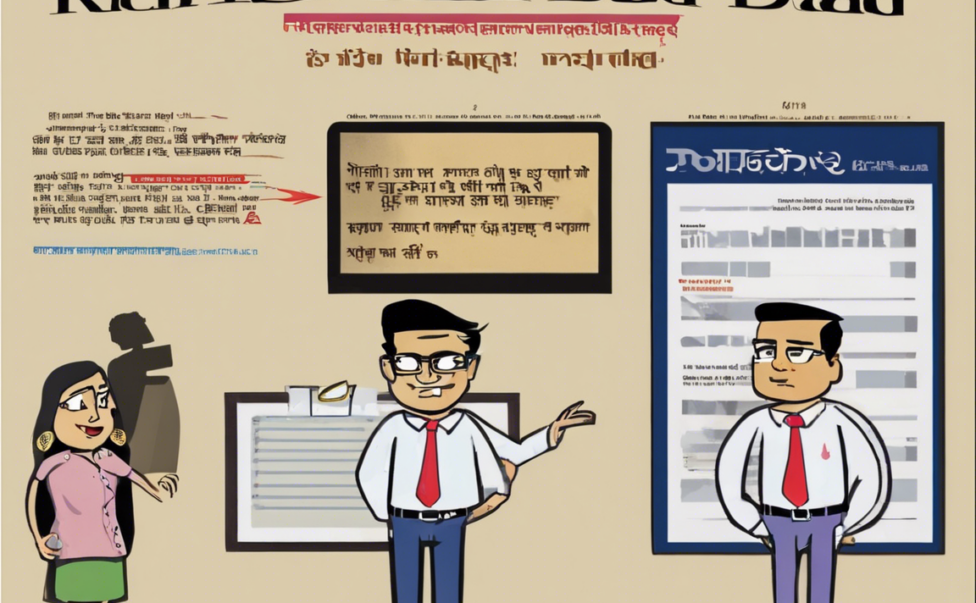Free Download: Rich Dad Poor Dad PDF in Hindi
As a professional in the financial literacy field, I understand the importance of accessing valuable resources to enhance one’s knowledge and understanding of personal finance. One such resource that has gained immense popularity in recent years is the book “Rich Dad Poor Dad” by Robert Kiyosaki. This book provides insights into the mindset and principles of two father figures with different approaches to money management – the author’s biological father (poor dad) and the father of his best friend (rich dad).
While the book itself is copyrighted material and should be purchased to support the author and his work, there are websites and platforms that claim to offer free downloads of the “Rich Dad Poor Dad” PDF in Hindi. It is crucial to approach these offers with caution, as they may be infringing on copyright laws and intellectual property rights. It is always recommended to obtain books through legal and legitimate channels to respect the author’s rights and ensure the quality of the material being accessed.
In this comprehensive article, we will delve into the key teachings of “Rich Dad Poor Dad” to provide you with a solid understanding of the concepts covered in the book. We will explore the fundamental lessons on financial independence, mindset shifts, and investment strategies that have inspired readers worldwide. Additionally, we will address common questions about the book and its core principles to equip you with actionable insights for your financial journey.
Understanding the Core Principles of “Rich Dad Poor Dad”
One of the central themes of “Rich Dad Poor Dad” is the contrast between the traditional mindset of working for money and the innovative approach of having money work for you. Robert Kiyosaki emphasizes the importance of financial education and building assets that generate passive income to achieve financial freedom. Let’s explore some of the key principles discussed in the book:
1. The Cash Flow Quadrant: Kiyosaki introduces the Cash Flow Quadrant, which categorizes individuals into four quadrants based on their primary source of income – Employee, Self-Employed, Business Owner, and Investor. The book advocates for transitioning from the left side of the quadrant (Employee and Self-Employed) to the right side (Business Owner and Investor) to attain financial independence.
2. The Difference Between Assets and Liabilities: In “Rich Dad Poor Dad,” Kiyosaki stresses the significance of distinguishing between assets and liabilities. Assets are income-generating possessions like real estate, stocks, or businesses, while liabilities are expenses that reduce your net worth. The key is to acquire assets that put money in your pocket instead of depleting it.
3. The Power of Financial Literacy: The book emphasizes the value of financial education in making informed decisions about money. Kiyosaki encourages readers to expand their knowledge of investing, taxes, and personal finance to navigate the complexities of the financial world successfully.
4. Building Wealth Through Investments: Kiyosaki advocates for smart investing as a pathway to wealth creation. Whether in stocks, real estate, or entrepreneurship, the book highlights the importance of taking calculated risks and leveraging opportunities to grow your wealth steadily over time.
Benefits of Reading “Rich Dad Poor Dad”
Reading “Rich Dad Poor Dad” can have a transformative impact on your financial mindset and habits. Here are some of the key benefits you can derive from delving into the book:
- Shift in Perspective: The book challenges traditional beliefs about money and encourages readers to adopt a mindset focused on financial independence and abundance.
- Empowerment Through Knowledge: By understanding the principles of asset-building and passive income generation, readers can take control of their financial future and make informed decisions.
- Inspiration for Action: “Rich Dad Poor Dad” motivates individuals to explore new opportunities, seek financial education, and embark on a journey towards wealth creation.
FAQs About “Rich Dad Poor Dad”
-
Is “Rich Dad Poor Dad” a True Story?
No, the book is presented as a personal finance guide based on the author’s experiences with his two father figures. While the principles and lessons are real, the characters themselves are symbolic representations. -
Can I Get a Free PDF Download of “Rich Dad Poor Dad”?
It is advisable to purchase the book from authorized retailers or borrow it from a library to support the author and adhere to copyright regulations. -
What Age Group is “Rich Dad Poor Dad” Suitable For?
The book is suitable for readers of all ages who are interested in improving their financial literacy and mindset towards money. -
Are the Principles in “Rich Dad Poor Dad” Applicable Globally?
Yes, the book’s core principles on investing, asset-building, and financial education are applicable worldwide, regardless of geographical location. -
Does “Rich Dad Poor Dad” Provide Investment Advice?
While the book offers insights into investment strategies, it is crucial to conduct thorough research and seek professional advice before making investment decisions.
In conclusion, “Rich Dad Poor Dad” serves as a foundational resource for individuals seeking to transform their relationship with money and strive towards financial freedom. By embracing the book’s teachings on asset acquisition, passive income generation, and financial literacy, readers can embark on a journey towards sustainable wealth creation and prosperity. Remember, while the allure of free downloads may be tempting, investing in yourself through legitimate means will yield greater rewards in the long run.

